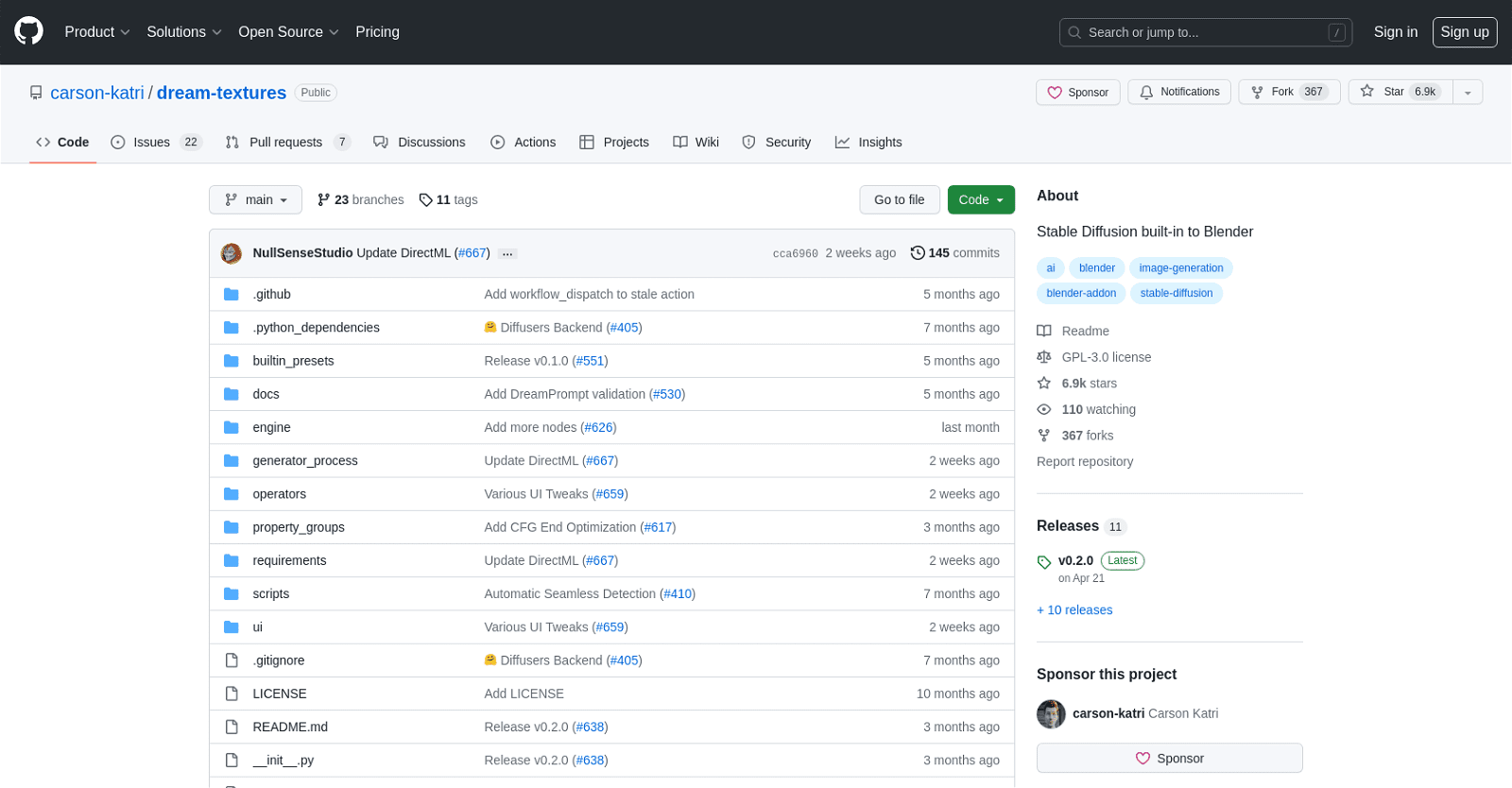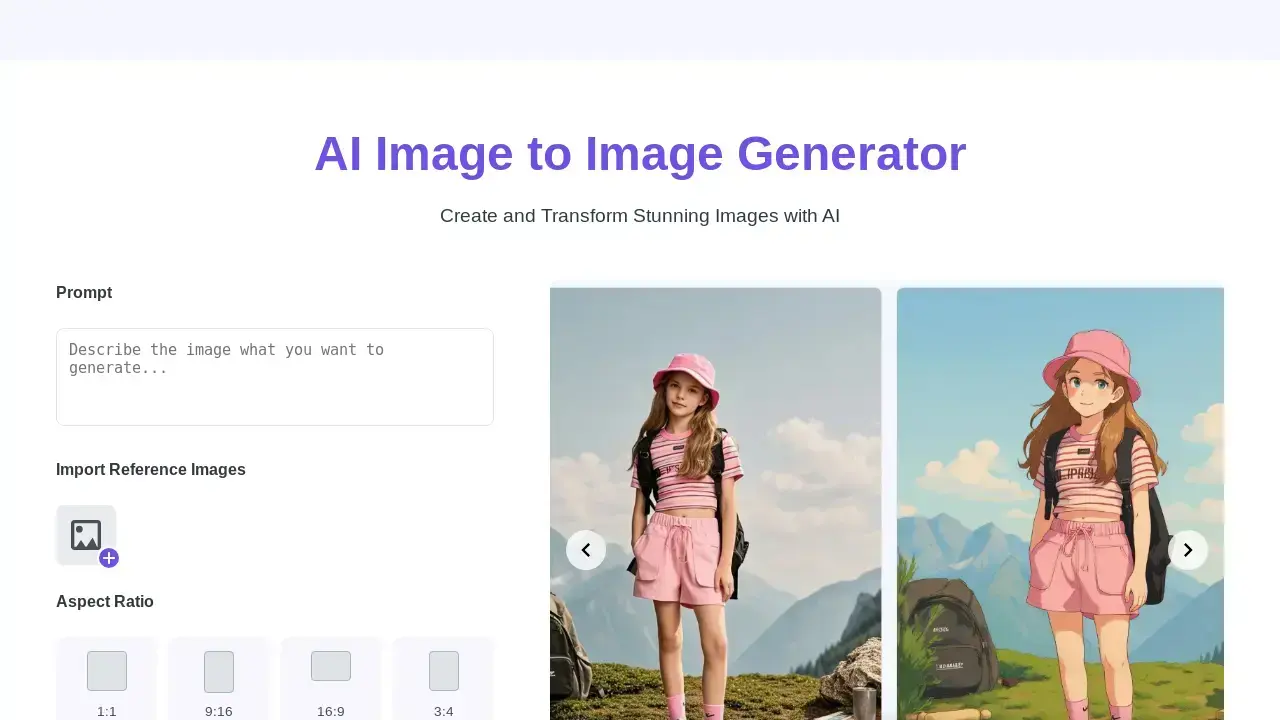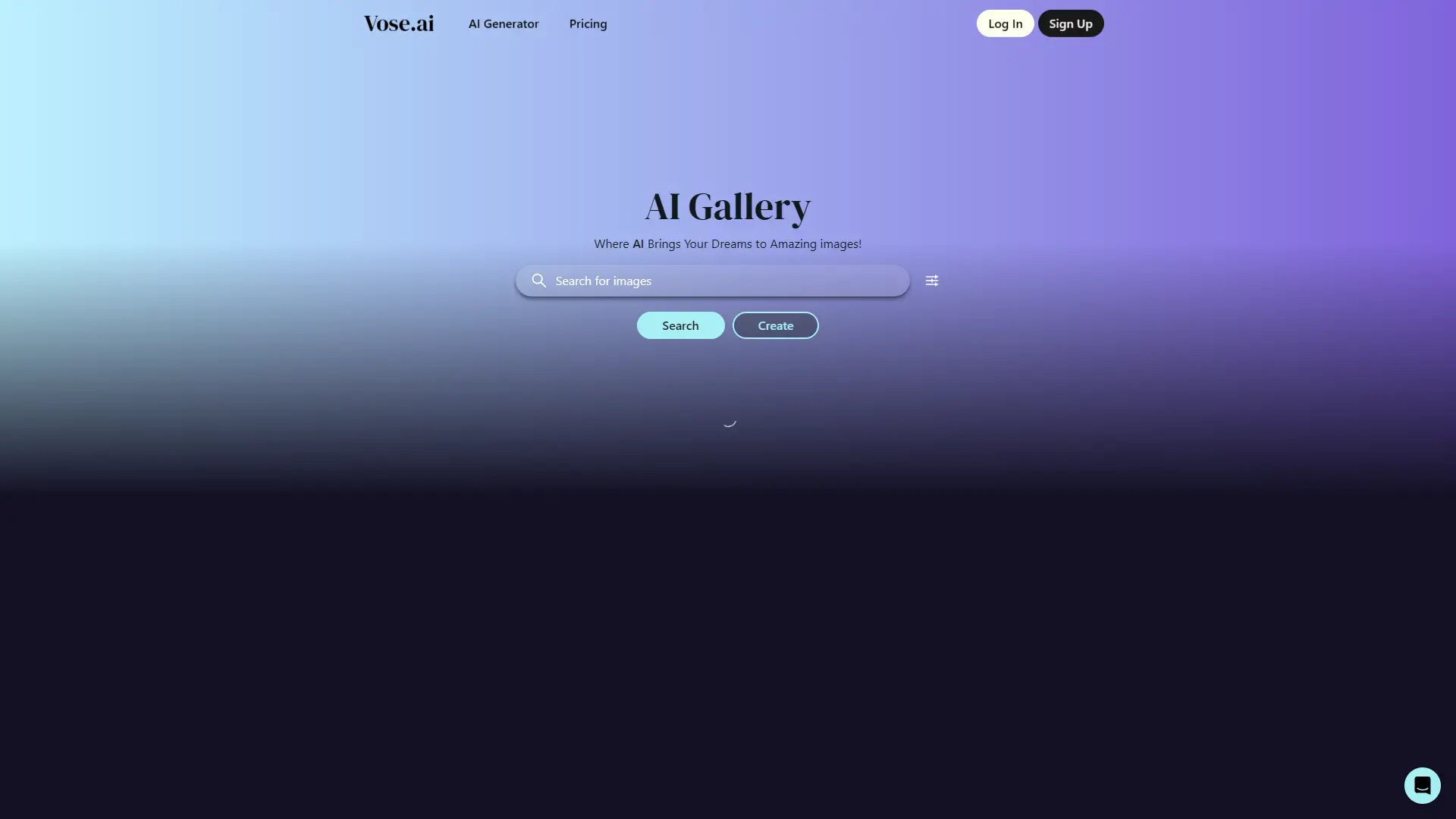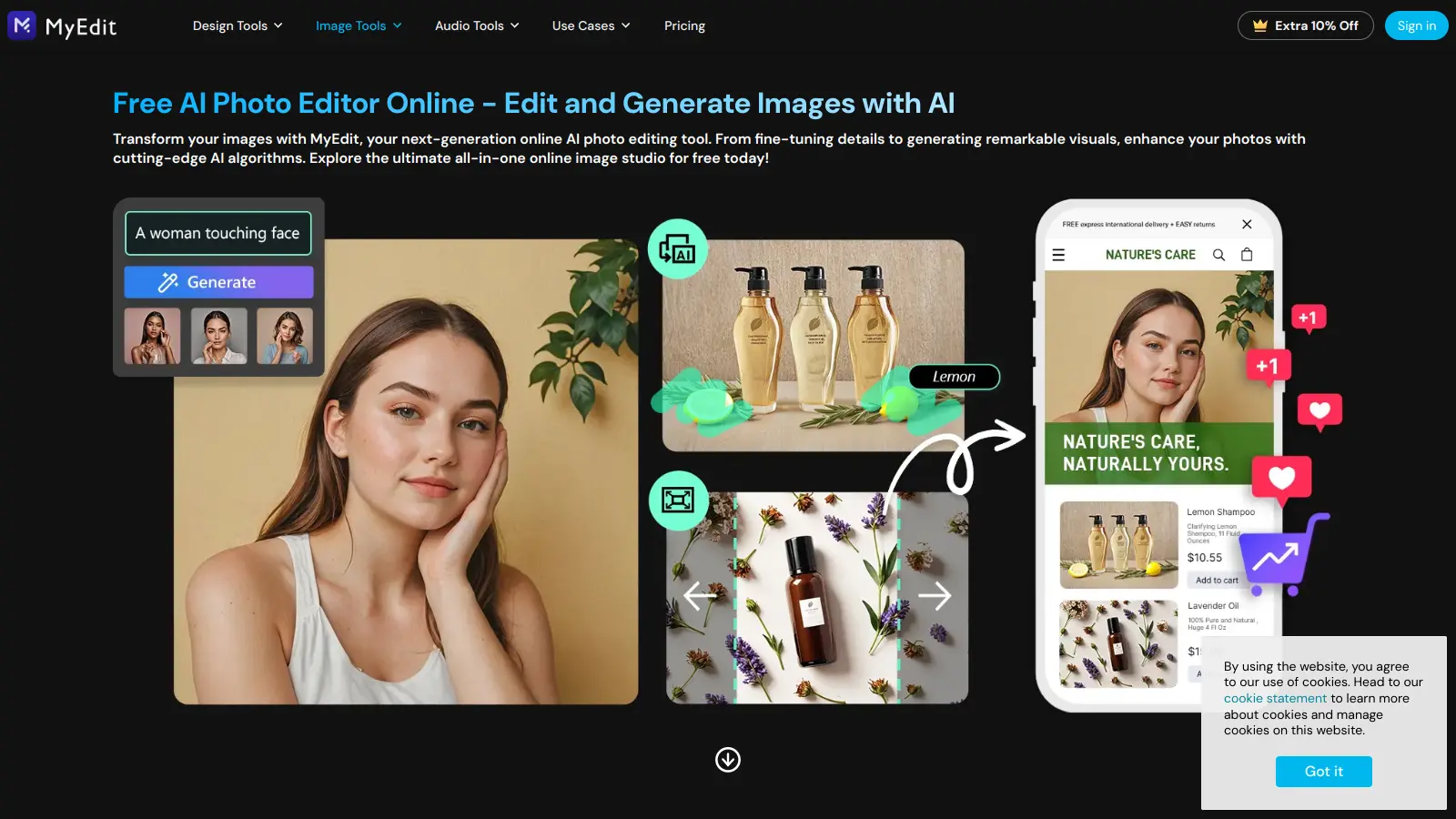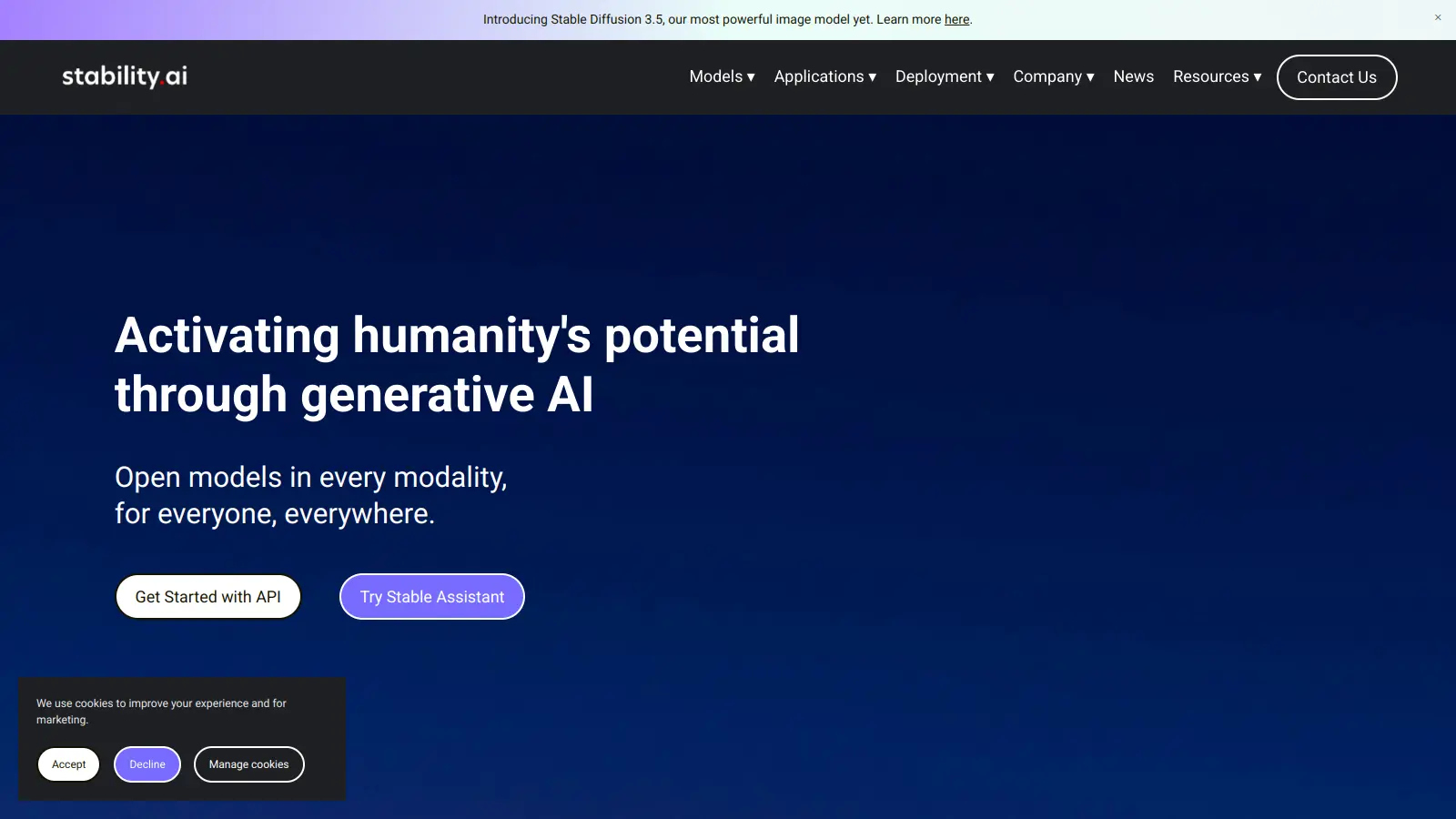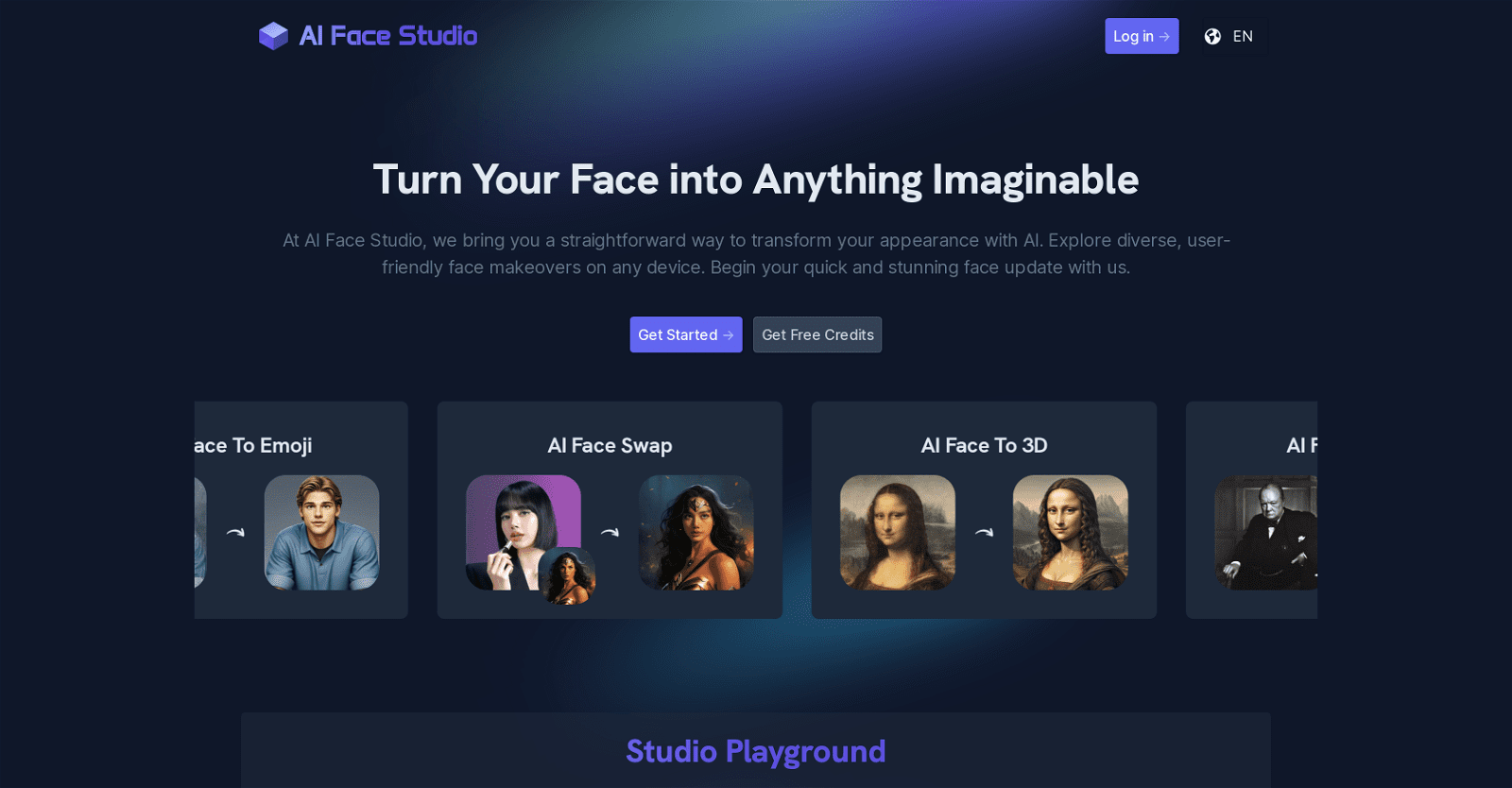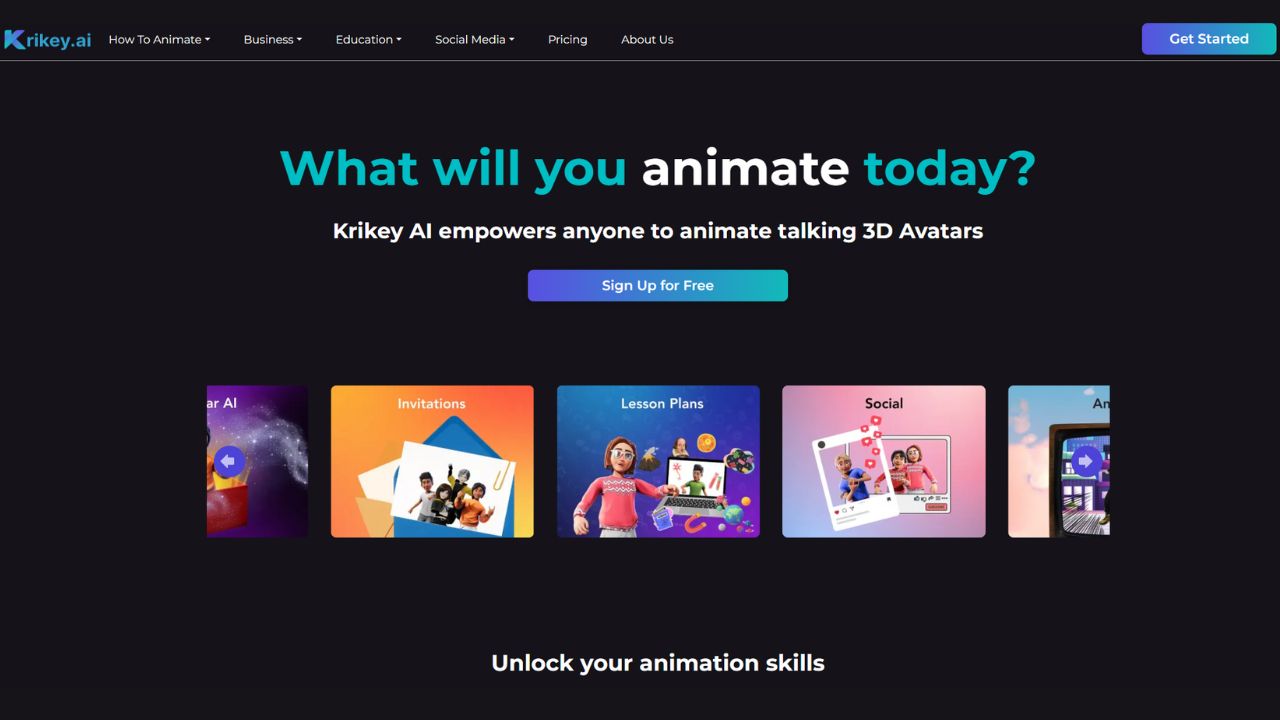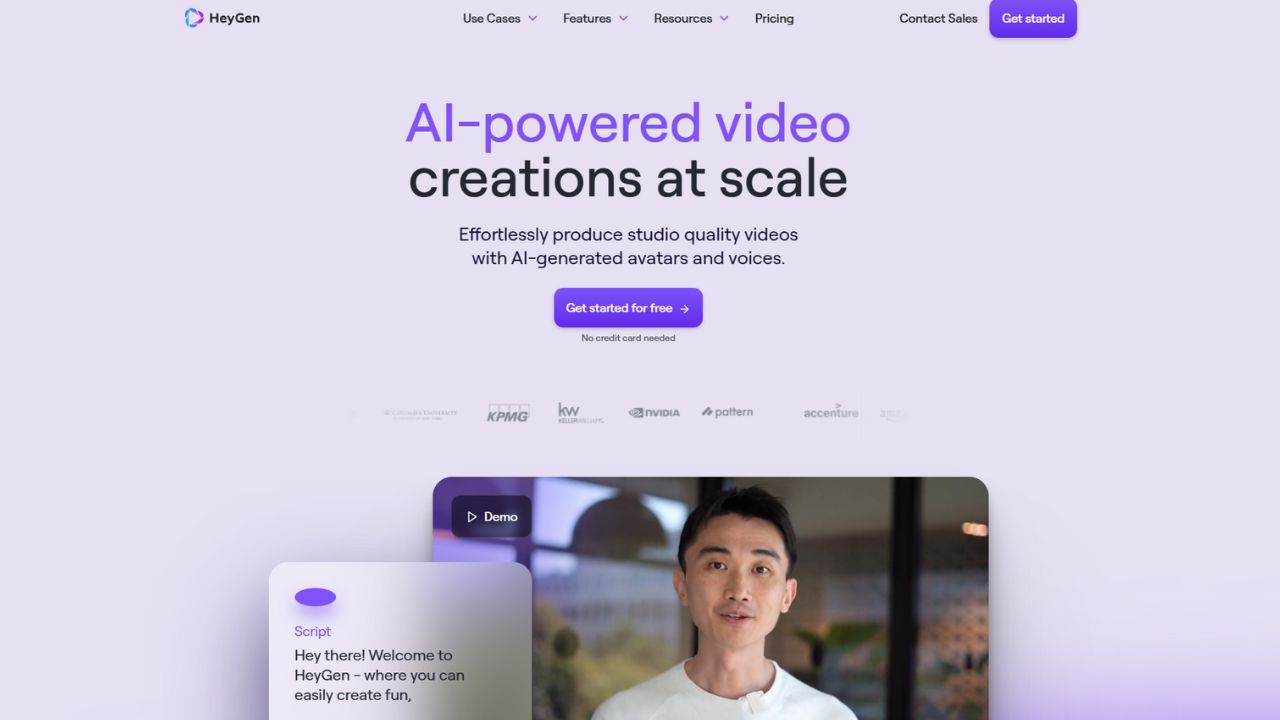The GitHub repository “carson-katri/dream-textures” contains a tool called “Stable Diffusion built-in to Blender.” This tool is integrated into the Blender software and allows users to apply stable diffusion effects to their textures. It enables users to create dream-like or ethereal textures in their Blender projects.The repository is hosted on GitHub and users can contribute to its development by creating an account on the platform.
It has garnered significant attention, with 6.9k stars and 367 forks, indicating its popularity among the Blender and GitHub communities. The tool is licensed under the GPL-3.0 license, which ensures open-source accessibility and collaboration. Users can explore the code, raise issues, submit pull requests, and engage in discussions related to the tool in the repository. Additionally, the repository provides features such as actions, projects, a wiki, and security measures to enhance the development process and ensure the quality and safety of the tool.
Users can access these features and contribute to the improvement and maintenance of the tool. Overall, the Stable Diffusion tool built-in to Blender, available in the carson-katri/dream-textures repository, offers a convenient and integrated solution for applying stable diffusion effects to textures within the Blender software environment. It is open-source and provides opportunities for collaboration and improvement within the GitHub community.
More details about Dream Textures
How can users engage with Dream Textures on its GitHub repository?
Users can engage with Dream Textures on its GitHub repository in several ways. They can explore the source code, raise issues concerning the tool’s operation, submit pull requests to propose modifications or additions to the tool, and participate in relevant discussions. Moreover, the repository provides features such as actions, projects, a wiki, and specific security measures, all of which enhance user engagement and contribution towards the tool’s improvement and maintenance.
How can I track the development progress of Dream Textures?
The ongoing development progress of Dream Textures can be tracked on its GitHub repository. You can view the commit history, issues, and pull requests to see what changes have been made or are being proposed. Additionally, project progress and future plans may be outlined in the readme file or the repository’s ‘Projects’ section.
Can I use Dream Textures for commercial purposes?
Yes, you can use Dream Textures for commercial purposes. The GPL-3.0 license under which Dream Textures is released allows for commercial use. However, any modifications or derivatives of the software must also be released under the same license terms.
What is the GPL-3.0 license and how does it apply to Dream Textures?
The GPL-3.0 license, or the GNU General Public License v3.0, is an open-source license that guarantees users the freedom to run, study, share, and modify the software. When applied to Dream Textures, it means the tool is openly accessible to users who can freely explore its code, modify it, and even redistribute it under the same license terms. The intent is to support open-source collaboration and improvement.
Why is Dream Textures hosted on GitHub?
Dream Textures is hosted on GitHub because GitHub is a widely used and well-recognized platform for developing and hosting open-source software. GitHub provides a community-oriented, collaborative environment that supports version control and source code management. It encourages contributions and improvements from the community, thereby facilitating the continuous evolution of Dream Textures.
